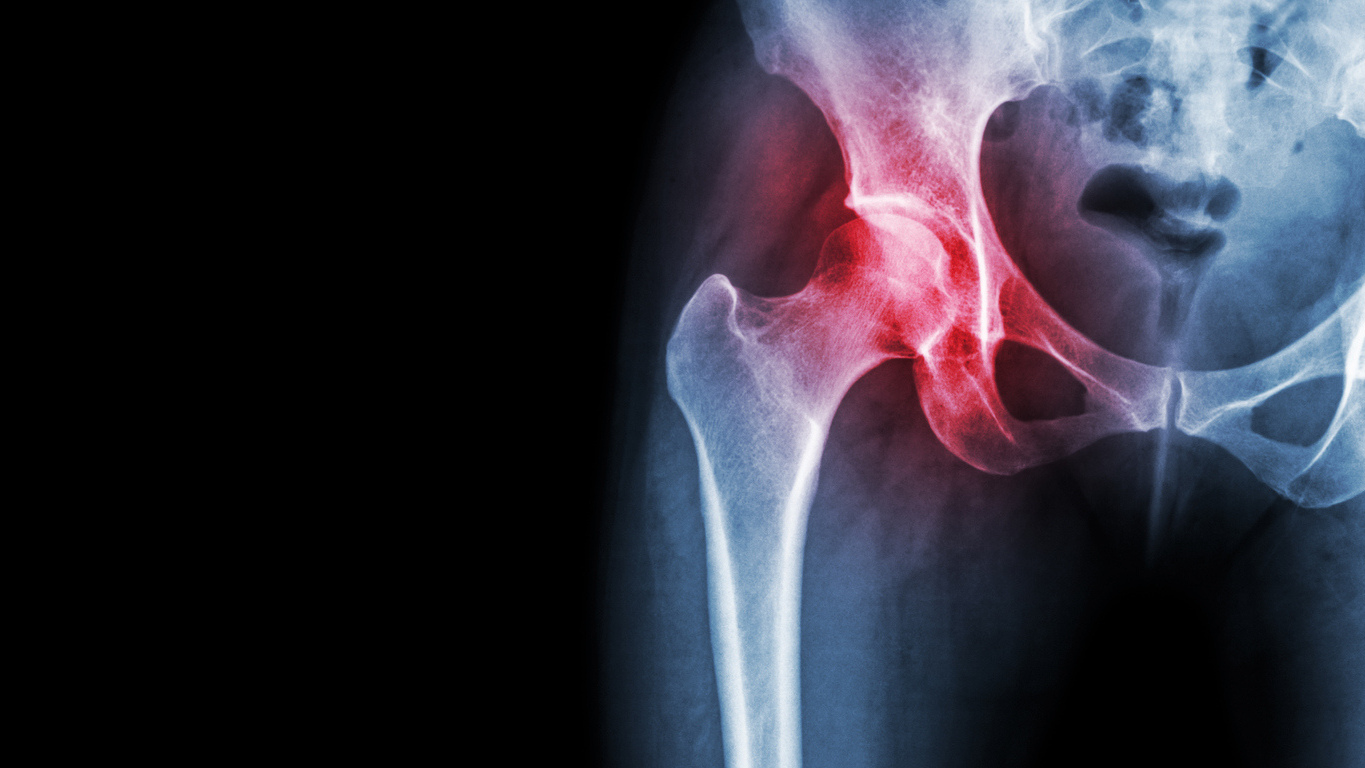
Brachyolmia is a rare bone disorder that affects fewer than 100 people worldwide. Characterized by a short trunk, mild short stature, scoliosis, and flattened vertebrae, it often goes unnoticed. This condition can be inherited in either an autosomal recessive or dominant pattern, with the recessive form being more common. Symptoms usually appear in childhood and become more pronounced during puberty. Despite its rarity, understanding brachyolmia is crucial for proper diagnosis and management. Genetic mutations, particularly in the PAPSS2 and TRPV4 genes, are known to cause this condition. While there is no specific treatment, physical therapy and orthopedic interventions can help manage symptoms.
What is Brachyolmia?
Brachyolmia is a rare bone disorder that affects the spine and stature. It manifests in various ways, making it a bit of a puzzle for doctors and researchers. Let's dive into some key facts about this condition.
-
Definition and Classification
Brachyolmia is a group of bone disorders marked by a short trunk, mild short stature, scoliosis, and generalized platyspondyly. It doesn't significantly affect the long bones. -
Prevalence
This condition is extremely rare, with fewer than 100 reported cases worldwide. Its true prevalence remains unknown, likely due to under-recognition.
How is Brachyolmia Inherited?
Understanding the inheritance patterns of brachyolmia can help families know what to expect and how to manage the condition.
-
Inheritance Patterns
Brachyolmia can be inherited in two ways: autosomal recessive or autosomal dominant. The recessive form is more common, while the dominant form tends to be more severe. -
Age of Onset
Symptoms typically appear in childhood. Short stature becomes more noticeable as the child grows, especially during puberty.
What are the Clinical Manifestations?
The symptoms of brachyolmia can vary, but there are some common features that most patients share.
- Clinical Manifestations
Common symptoms include a short trunk, mild short stature, scoliosis, and generalized platyspondyly. Some may experience non-specific back pain, but intellectual disability is not a feature.
Types of Brachyolmia
There are different types of brachyolmia, each with its own set of characteristics.
-
Autosomal Recessive Brachyolmia
This type features short-trunked short stature, platyspondyly, and scoliosis. Rare cases may have corneal opacities and early calcification of costal cartilage. -
Hobaek/Toledo Type
Common in Turkish populations, this type also involves short-trunked short stature, platyspondyly, and scoliosis. -
Autosomal Dominant Brachyolmia
This more severe form includes significant short-trunked short stature, platyspondyly, and kyphoscoliosis. -
Maroteaux Type
Less well-characterized, this type involves short trunk/short stature, generalized platyspondyly, and rounding vertebral bodies.
Genetic Causes of Brachyolmia
Genetics play a crucial role in the development of brachyolmia. Specific gene mutations have been identified.
-
PAPSS2 Gene
Mutations in the PAPSS2 gene, located on chromosome 10q24, are linked to autosomal recessive brachyolmia, especially the Hobaek/Toledo type. -
TRPV4 Gene
Mutations in the TRPV4 gene, located on chromosome 12q24.1, are associated with autosomal dominant brachyolmia.
Diagnosing Brachyolmia
Diagnosing brachyolmia involves a combination of clinical, radiological, and genetic methods.
-
Differential Diagnosis
Other genetic skeletal dysplasia syndromes, like mild spondyloepiphyseal dysplasia, mild type 2 collagenopathy, and mild Morquio disease, need to be ruled out. -
Diagnostic Methods
Diagnosis relies on clinical and radiological findings. Molecular genetic testing can confirm the diagnosis by identifying specific gene mutations. -
Prenatal Diagnosis
Prenatal diagnosis is possible if a familial mutation has been identified. This involves molecular genetic testing during pregnancy.
Treatment and Management
While there's no cure for brachyolmia, managing symptoms can improve quality of life.
-
Treatment and Management
Management focuses on addressing symptoms and complications, such as scoliosis, through physical therapy and orthopedic interventions. -
Prognosis
The prognosis is generally good. Most individuals lead normal lives with minimal functional limitations.
Associated Anomalies
Some types of brachyolmia come with additional anomalies that can affect other parts of the body.
-
Amelogenesis Imperfecta
This condition affects tooth enamel and is often seen in the autosomal recessive brachyolmia-amelogenesis imperfecta syndrome. -
Hearing Impairment
Some cases, particularly in Egyptian patients with a specific genetic variant, include hearing impairment.
Radiological and Skeletal Features
Radiological findings are crucial for diagnosing brachyolmia, revealing specific skeletal abnormalities.
-
Radiological Features
Key radiological signs include generalized platyspondyly, narrow intervertebral spaces, and narrow interpedicular distances. -
Skeletal Assessment
Additional skeletal findings may include a short webbed neck, broad chest, and minor long bone abnormalities like short distal phalanges and flat feet.
Final Thoughts on Brachyolmia
Brachyolmia, a rare bone disorder, affects fewer than 100 known individuals. Characterized by a short trunk, mild short stature, scoliosis, and generalized platyspondyly, it can follow autosomal recessive or dominant inheritance patterns. Diagnosed primarily in childhood, symptoms become more pronounced during puberty. Genetic mutations in the PAPSS2 and TRPV4 genes are common culprits. Diagnosis involves clinical and radiological findings, with molecular genetic testing confirming specific mutations.
Management focuses on symptom relief, particularly scoliosis, through physical therapy and orthopedic interventions. Despite physical limitations, most individuals lead normal lives. Associated anomalies like amelogenesis imperfecta and hearing impairment may occur. Genetic counseling is crucial for affected families. Ongoing research aims to better understand brachyolmia's pathogenesis and develop targeted treatments. Understanding its various types, diagnostic methods, and management strategies is essential for comprehensive care.
Was this page helpful?
Our commitment to delivering trustworthy and engaging content is at the heart of what we do. Each fact on our site is contributed by real users like you, bringing a wealth of diverse insights and information. To ensure the highest standards of accuracy and reliability, our dedicated editors meticulously review each submission. This process guarantees that the facts we share are not only fascinating but also credible. Trust in our commitment to quality and authenticity as you explore and learn with us.


